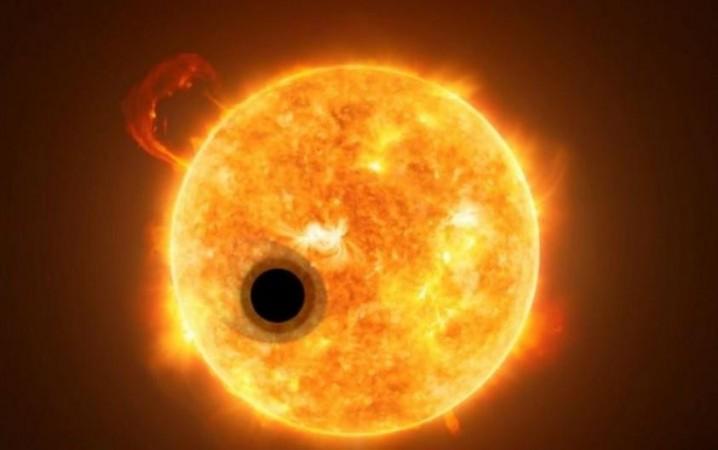It was in 2017 that researchers discovered a giant exoplanet named WASP-107b. And now, space experts have revealed that this exoplanet is as large as Jupiter but is 10 times lighter than the gas giant in the solar system. Understanding the fluffy nature of WASP-107b is considered very crucial as it could change human understanding of planetary formation.
More details of WASP-107b
WASP-107b is orbiting an orange dwarf star which is located almost 211 light-years from us. Scientists have previously found that this exoplanet has a low density, but a new analysis suggests that WASP-107b is puffier than previously thought.

The new research revealed that the core of WASP-107b is much less massive than initially calculated, and this finding could have pretty big implications for exoplanet research overall.
"This work addresses the very foundations of how giant planets can form and grow. It provides concrete proof that massive accretion of a gas envelope can be triggered for cores that are much less massive than previously thought," said Björn Benneke, an astrophysicist at the University of Montreal in a recent statement.
Scorching temperature in WASP-107b
WASP-107b is very close to its host star and as a result, its temperature is a scorching 462 degrees Celsius. Due to the close proximity, WASP-107b has an orbital period of just 5.7 days.
Caroline Piaulet, a physicist at the University of Montreal who led the study revealed that 85 percent of WASP-107b's mass is its puffy atmosphere. It should be noted that Jupiter's core is thought to be around 5 to 15 percent of the planetary mass, and moreover, Jupiter is so much farther from its star. Scientists led by Piaulet tried to determine how the planet is able to keep its huge layer of gas from escaping, even after the exoplanet lies in close proximity with its host star.
"For WASP-107b, the most plausible scenario is that the planet formed far away from the star, where the gas in the disc is cold enough that gas accretion can occur very quickly," said Eve Lee, an astronomer at McGill University.















